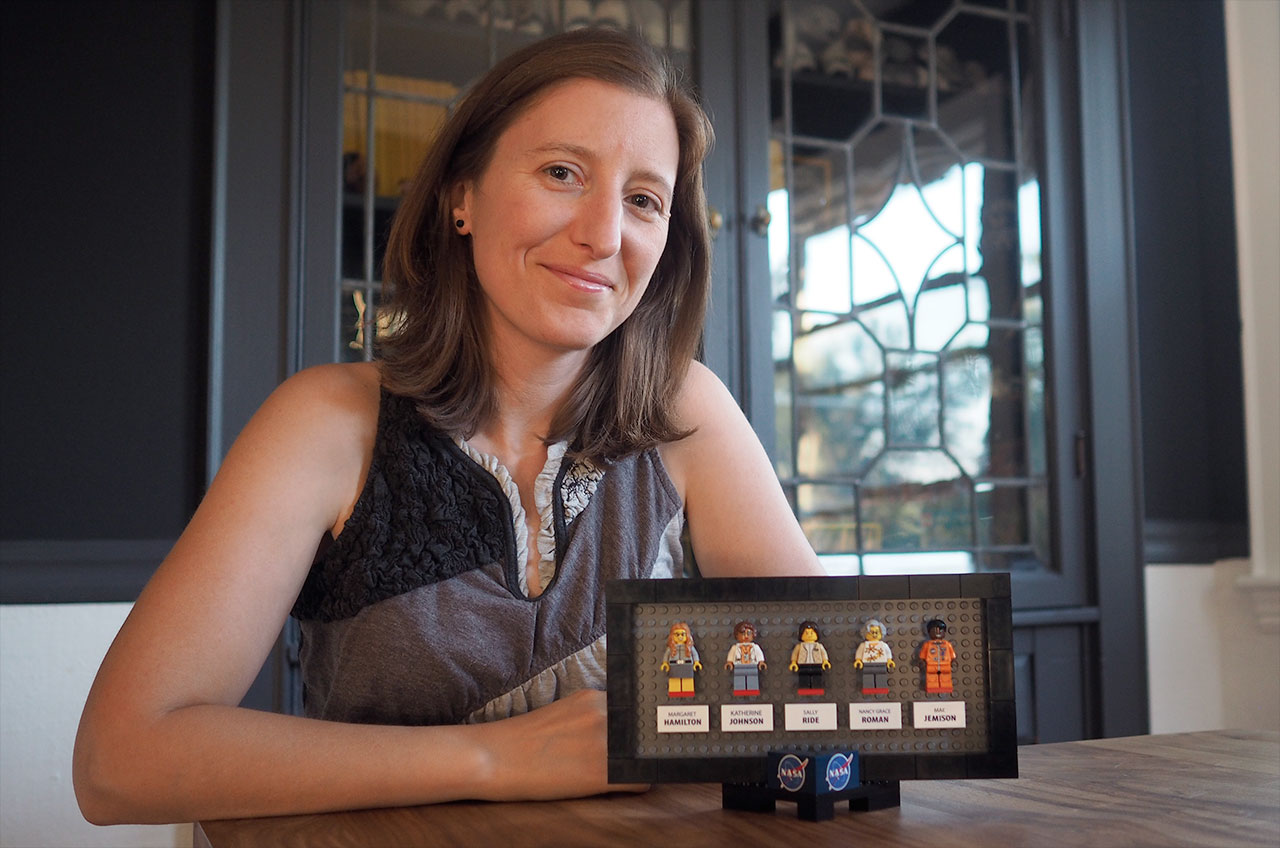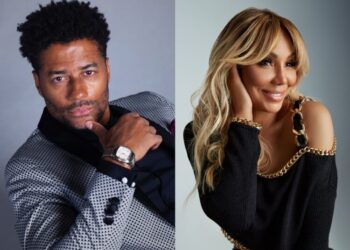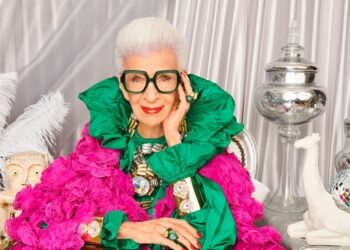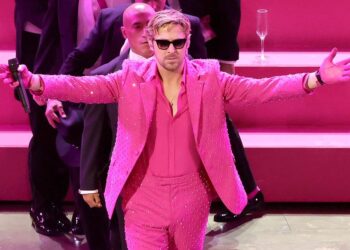As I always tell my 16-year-old son, whatever your hobby and interests are, you can make a career out of it. I’m not sure he understands so I lead by example. I’ve always loved to write, I wrote when no one cared and now I write for a living. The woman I’ve interviewed here, Maia Weinstock is also an example of turning your passions into profits.
When Maia was growing up there was no STEM field and things related to science, technology, engineering and math were generally relegated to “boy things.” Thankfully Maia didn’t let that stop her and today she is living an idyllic life, pursuing her many passions daily and seeing her ideas bring change to the lives of people around the world.
I am so honored to have the chance to talk to her and humbled to bring you this exclusive interview.
MH: I was extremely impressed as I started to do my research on you. I found it incredulous that as intelligent and accredited as you are, that your name was not mentioned when Lego NASA Women were revealed. The more I researched you, I was honored you’d take the time out to talk to me. Thank you very much for allowing me to ask these questions and share your story of intelligence, inspiration, and creativity.
MW: Thanks so much, Melony! It’s my pleasure. Quite a few outlets did mention my name, but you’re right that some didn’t. I’m guessing many don’t realize that this isn’t just some random decision on LEGO’s part but rather was my idea submitted to the LEGO Ideas contest. Either way, it’s been amazing hearing from everyone since the announcement how much people are looking forward to obtaining a copy of the set for their kids, their students, their friends, and themselves!
MH: It’s is awesome to learn that the deputy editor of the MIT Review is a woman. You rock! How’d you get such an amazing gig?
MW: We have a stellar team at MIT News. I had been living in Cambridge for a few years when I saw an opening for the position and thought it would be great to work as an editor representing one of the most well-regarded colleges in the world. But what I particularly love about MIT is that engineering and science are really our bread and butter; to be sure, MIT students and faculty are almost uniformly well-rounded and have multiple amazing talents, but at the end of the day, most who attend the Institute have some connection to the STEM fields, and to either bettering how society interacts with the world or to furthering our understanding of it — which is a real treat for a science lover like myself.
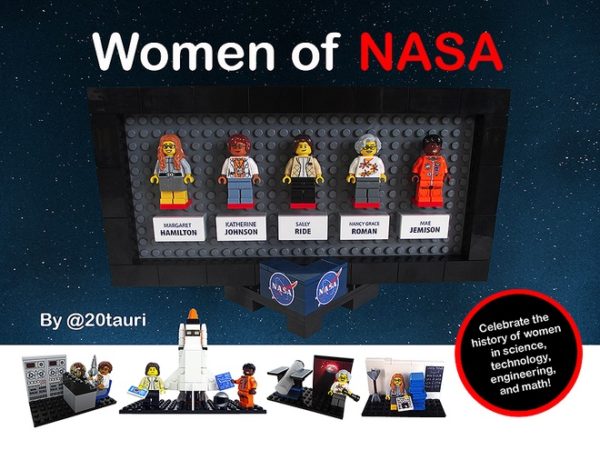
MH: You’ve had your hands in the creation of so many awesome educational based toys and products. What is it that led you to using your creativity and love of science and technology to tEach and inspire?
MW: Thank you! I’ve been interested in science ever since I was a little kid, and I think I had some natural artistic talents from early on as well. I didn’t really join the two that much as I was growing up and into an adult, but when I began my career as a science journalist, that started to change a bit. I think part of it is just that I have many interests, and it’s fun to mix them. So for example, as a side hobby for a few years I ran a blog called Astrotunes, where I wrote about songs with a space or astronomy theme. I actually once created a custom Barbie for a friend of mine who is a baseball umpire, and one of the few women in her profession. I thought she needed an action figure that looked like her, so I found a vintage Barbie with her exact hair color and I custom ordered from an Etsy crafter an umpire’s outfit that would fit the doll. The LEGOs came around the same time, and I thought they would be a neat way to combine play and the iconic LEGO minifigure with living scientists and engineers, who are so often overlooked as superheroes in the way other celebrities are. My first custom minifigure was of my friend, planetary scientist Carolyn Porco — I made the minifig as she looked when she gave her first TED Talk about the Cassini mission at Saturn. It was fun putting it together, it was fun seeing her reaction when I gave it to her, and it was a lot of fun getting positive feedback when I posted it online, so I’ve been making them ever since.
MH: While working with companies such as BrainPop, what do you think has been your favorite or most notable creation?
MW: That’s a huge question. I’ve worked for a variety of companies with very different audiences — I’ve actually gone back and forth between editing and writing content for kids and for adults throughout my career. I was at BrainPOP for eight years and did quite a bit to turn the production of the company’s animated movies, along with related learning materials, into a routine editorial process, so that was big. And I led the creation of their entire arts section, which I’m certainly glad for. But probably my most memorable works there are some of the movies I wrote scripts for myself; some were about astronomy and space — things like black holes and space flight — and I definitely tried to add more women’s biographies to the mix. I’m particularly proud of, for example, the movies on Sally Ride and Ada Lovelace, among others.

MH: How did the idea for Lego NASA Women come about? Is it just coincidence that the unveiling of the play set came on the heels of the award-winning movie, Hidden Figures, which depicts the story of three women who were integral parts of NASA space mission’s success?
MW: So I was originally thinking about doing a set that I thought might be “Women of Apollo,” and this was a while ago now, at least two years ago, maybe even more. Then in 2015 I proposed another set for LEGO Ideas, but it wasn’t allowed into the contest at all because it was deemed too political. But that project went viral anyway once I put the photos of it on social media, so I had a taste of what my next project could be: I knew I wanted to focus on actual women in history because people like myself really love those stories. I decided to go back to my area of expertise, which is space and astronomy. So the idea of “women of Apollo,” focusing on unsung women of the space race, had been swirling in my head, but then at some point another LEGO Ideas set, a beautiful project featuring the Saturn V rocket that launched humans to the moon, was doing well on the contest and indeed ultimately was chosen by LEGO to be produced and sold in stores. So at a certain point, I decided to expand my project to include all women in the history of NASA, just to make sure it wasn’t too much of an overlap with the other set. Frankly, I’m glad I went in that direction that anyway, since I like having a broader scope to really bring in more aspects of NASA’s history.
In any case, I already knew I wanted to include Katherine Johnson, whose story had long inspired me. And then, of course, she received the Presidential Medal of Freedom in 2015, which just sealed the deal. I almost launched the Women of NASA set for Women’s History Month in 2016, but decided to make some last-minute tweaks and adjustments, and I ultimately launched in July. When I heard details about “Hidden Figures” start to come out last year, it was wonderful to learn that Katherine would be, essentially, the lead character in the film. And indeed, when I finally launched my set on LEGO Ideas, some individuals associated with the film — such as actor Janelle Monae and producer Pharrell Williams — helped spread the word about voting for my project, and I’m extremely grateful for that. I was also thrilled for writer Margot Lee Shetterly, who wrote the book on which the film is based, and was so happy for her when the book became a bestseller and the film did so phenomenally well at the box office and during awards season. How great that Margot got a nod as the source writer for a Best Adapted Screenplay nomination, and also that the film got a Best Picture nomination! That was amazing.
MH: Your resume as a reporter and editor is extremely impressive. You worked for Discover, SPACE.com, Aviation Week & Space Technology, and Scholastic’s Science World to name a few companies and publications. What advice would you give a young girl interested in the fields related to STEM about pursuing her passions?
MW: Thanks! Yeah, it took me a while to settle a bit as I first started my career — I had four different jobs in my first two years out of college, which was a little unusual. I also didn’t really know for sure what I wanted to do with my career or whether I needed any kind of advanced degree; in fact, I still think sometimes that I might change things up and do something else! I actually originally wanted to be a cosmologist, someone who studies the origin of the universe. But, long story short, I ended up earning a biology degree focused on the evolution of gender. Even after I’d decided on my major, I considered changing course again — at a certain point I was convinced I was going to go back to art school and become a graphic designer, and then in my senior year of college, I was drawn to planetary science for the first time. The reason I’m telling you this is because I want girls interested in the STEM fields to know that it’s okay if you don’t know what field you want to go into right away. Try as much out as you can — with classes, clubs, or other related activities — until you find that one area that you’re really passionate about! And if for some reason you don’t find one area that you want to devote your life to, but you still love STEM, there are many related fields you can go into without getting an advanced degree. In my case, journalism and science communications was a great fit, because I could work on content that was interesting and that changed regularly. But either way, know there is a place for you, no matter where your interests and talents lie!
MH: There is so much more available to young girls and women in the STEM fields in 2017 then there were when you were younger. How did you manage to nature your love of STEM related things in a world where things of that nature were generally relegated to “boy things.”
MW: That is so true. The acronym “STEM” wasn’t even a thing when I was growing up, and that’s made a big difference. I literally had no idea what engineering was, even as an Ivy League college student, even with some friends who were studying it! All I knew was that they had lots and lots of problem sets, but I didn’t really understand what their ultimate goal was. Now, it’s a lot easier to find books and toys focused on engineering for kids, and particularly girls, who are way less likely to be exposed to these concepts at an early age. I do remember in 6th grade or so, my science teacher at the time hosted a science club for girls where — if memory serves — we were pen pals with professional women in science or something like that. That might have been my first exposure to the idea that girls needed extra support in such fields, or at least that it would take some effort to find role models. But I didn’t really consider science a boy thing growing up. I was a little too young to remember Sally Ride’s first flight in 1983, but by 1986, when Judy Resnik and Christa McAuliffe were training for the Challenger, there was no doubt in my mind that women could and should be astronauts. I’ll also throw out there that I played Little League baseball growing up, and that was — and is — unusual for a girl. So, I figured out how to deal with being the only girl, or one of the only, pretty quickly with that.
The Lego Women of NASA play set is not the first all female Lego play set you created. In 2015, you proposed the Lego “Legal Justice League” set, a set of Lego action figures and playset to commemorate the first four women added to the U.S. Supreme Court. Lego rejected the playset based on their “no politics or political symbols” policy. You resubmitted the playset with generic figures. You’ve gotten quite a lot of press for this still yet unapproved set. What do you think are the odds of it making it to store shelves? Were you surprised by the amount of support for your “Legal Justice League” set?
MW: The revised generic version did quite well compared with most LEGO Ideas sets, but after a year or so, the entry expired without reaching the necessary 10,000 votes to move onto an official LEGO Review. So, the odds of it becoming a real set are effectively zero. J It’s not so surprising, simply due to the fact that what people really wanted was my original version, with the actual historical women. But, it is what it is, and I was able to take lessons from that experience and apply them toward planning and promoting the Women of NASA set. I was definitely surprised that the Legal Justice League got so much attention based off of just one or two tweets and a Facebook post, but to be honest, I really loved that set and had an inkling others would as well. That’s why I submitted it before anything to do with NASA, because I really did think it would’ve had a strong chance to reach 10,000 supporters.
MH: When you’re not developing new toys and books to educate youth, or busy with a writing assignment you make documentary films. First off, I love how you nurture your creativity with so many forms of artistic expression. What inspired you to start creating documentaries. Where could we find your work?
MW: Thank you! I guess I’m one of those “renaissance souls” or whatever people call it these days, where I have ideas flying around in my head all the time, and it’s just a matter of taking the time to make them come to fruition. Filmmaking is one example — I’ve been working on a short documentary for several years now and I really need to finish it! This is the year. 🙂
In terms of finding my work, you can find links to most of my professional work and personal projects on my website, maiaw.com.
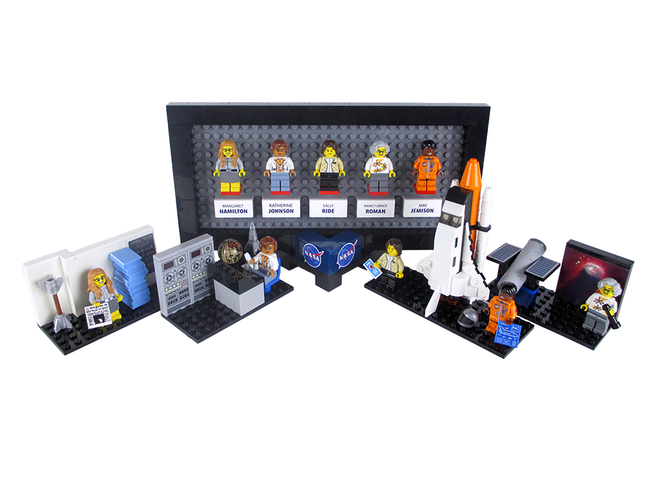
MH: We know how talented you are when it comes to the world of STEM and education. What talent would we be surprised to know you also possessed?
MW: Some of my closer friends know that I’m something of an expert on giant anteaters. There was a time when I considered studying giant anteater ecology as a career, but of course, that didn’t come to pass. Still, I’d say I know more than all but a fairly small group of people about those animals. Also, maybe that I’m a decent singer; I won some regional contests with my collegiate a cappella group as a soloist, and I used to sing in a wonderful chorus focused on contemporary choral arrangements when I lived in New York City.
MH: If people wanted to contact you about interviews and/or work, how would they contact you. Additionally, where can people keep up with your work as a writer and creative?
MW: Contact info is on my website, maiaw.com, and that includes my main social media channels — Twitter, Instagram, etc.
